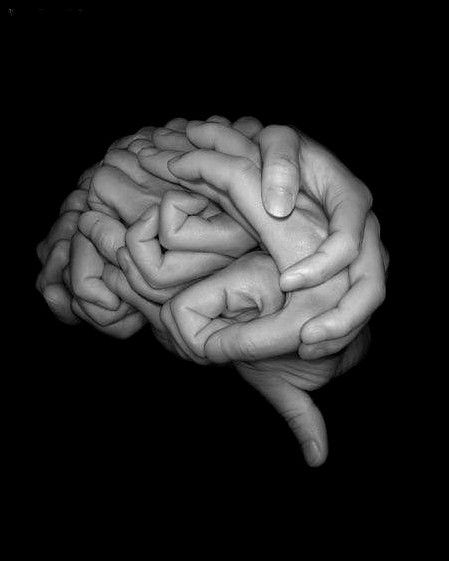A New Lens on Oral Health
Modern dentistry is undergoing a quiet but profound shift. For decades, dental care focused almost exclusively on teeth, gums, and bones — the visible structures. But emerging science is now turning the spotlight onto something far less visible, yet incredibly influential: fascia.
This delicate, fibrous tissue — long overlooked — is proving to be a game-changer in how we understand the jaw, facial tension, chronic pain, and even emotional patterns that manifest in the mouth. At the intersection of anatomy, neurology, and somatic memory, fascia offers a new frontier for truly integrative dental care.
“The body remembers what the mind forgets. In the quiet spaces beneath the surface, healing begins — not by force, but by listening.”
— Dr. Saria Gebeily
While traditional dentistry focuses on structural alignment and localized treatment, fascia science introduces a wider, more integrated view of the body — one that acknowledges the connective tissue as a living system of tension, memory, and communication. For instance, patients with recurring jaw pain or misaligned bites often receive mechanical adjustments or appliances, yet their symptoms persist. When examined through the lens of fascia, these same patients may reveal chronic patterns of tension extending from the diaphragm, shoulders, or even past emotional traumas that have become “locked” in their facial tissues. Fascia doesn’t just connect the jaw to the skull — it links it to the neck, spine, and beyond. Leading researchers such as Robert Schleip and Thomas Myers emphasize fascia’s role in force transmission and emotional imprinting, providing clinical backing for this approach. At clinics embracing this science, such as Clinique Gebeily, practitioners are invited to use manual release techniques, posture assessments, and fascial mapping to enhance dental outcomes — not only reducing physical strain, but also calming the nervous system and shortening recovery time. In doing so, fascia-informed dentistry doesn’t replace conventional care; it deepens it, allowing for more sustainable and embodied results.


At this point, you might wonder: if fascia plays such a central role in oral health, why has it remained largely outside mainstream dental training? The answer lies in how modern medicine has historically compartmentalized the body, separating disciplines that are inherently interconnected. Dentistry evolved as a precision science focused on mechanical function — and rightly so — but it often excluded the broader somatic and neurological context in which the jaw operates. Fortunately, this is beginning to change. As more practitioners recognize the limitations of symptom-based treatment, fascia science offers a missing link — one that bridges oral function with posture, breath, stress patterns, and even trauma recovery. For example, patients undergoing orthodontic treatment may unconsciously resist realignment due to unaddressed fascial restrictions or emotional tension held in the jaw. By including fascial work as part of the dental protocol, such resistance can soften, allowing treatment to progress more effectively and comfortably. This integrative lens invites us to view the mouth not just as a site of intervention, but as a gateway to systemic healing, opening the door to a more intelligent, patient-centered future in dentistry.
Ready to Experience the Difference?
Fascia science is redefining what’s possible in modern dentistry — transforming it from a localized practice into a more holistic, responsive, and deeply human form of care. By recognizing the jaw as part of a dynamic fascial network, we open new pathways for treating chronic pain, improving postural alignment, enhancing nervous system regulation, and supporting emotional well-being. This approach doesn’t abandon traditional dentistry; it enriches it. As we continue to explore the relationship between structure, sensation, and story, one thing becomes clear: true healing happens when we treat the whole person, not just their teeth. Whether you’re a practitioner seeking a more integrative model or a patient searching for lasting relief, fascia-informed dental care offers a future where precision meets presence — and where every part of you is seen, heard, and supported.
If you’re curious about how fascia might be influencing your oral health, or if you’ve tried everything but still feel tension, pain, or imbalance — we invite you to explore this integrative approach.
📍 Visit us at Clinique Gebeily or learn more at DrSariaGebeily.com
🌐 Discover the fascia universe at FasciaVerse.com


Leave a Reply